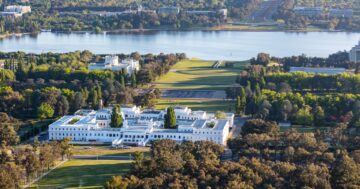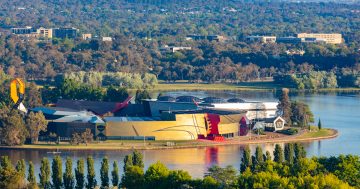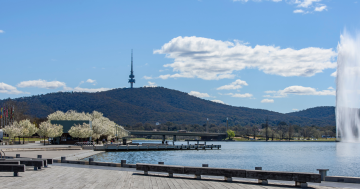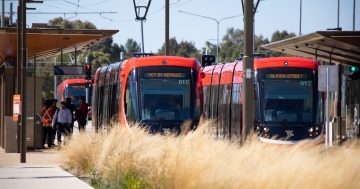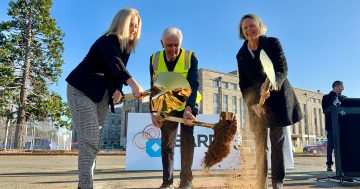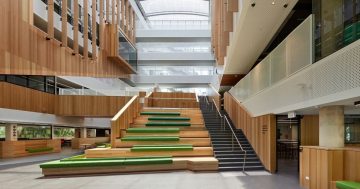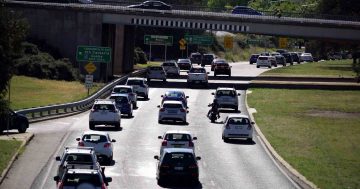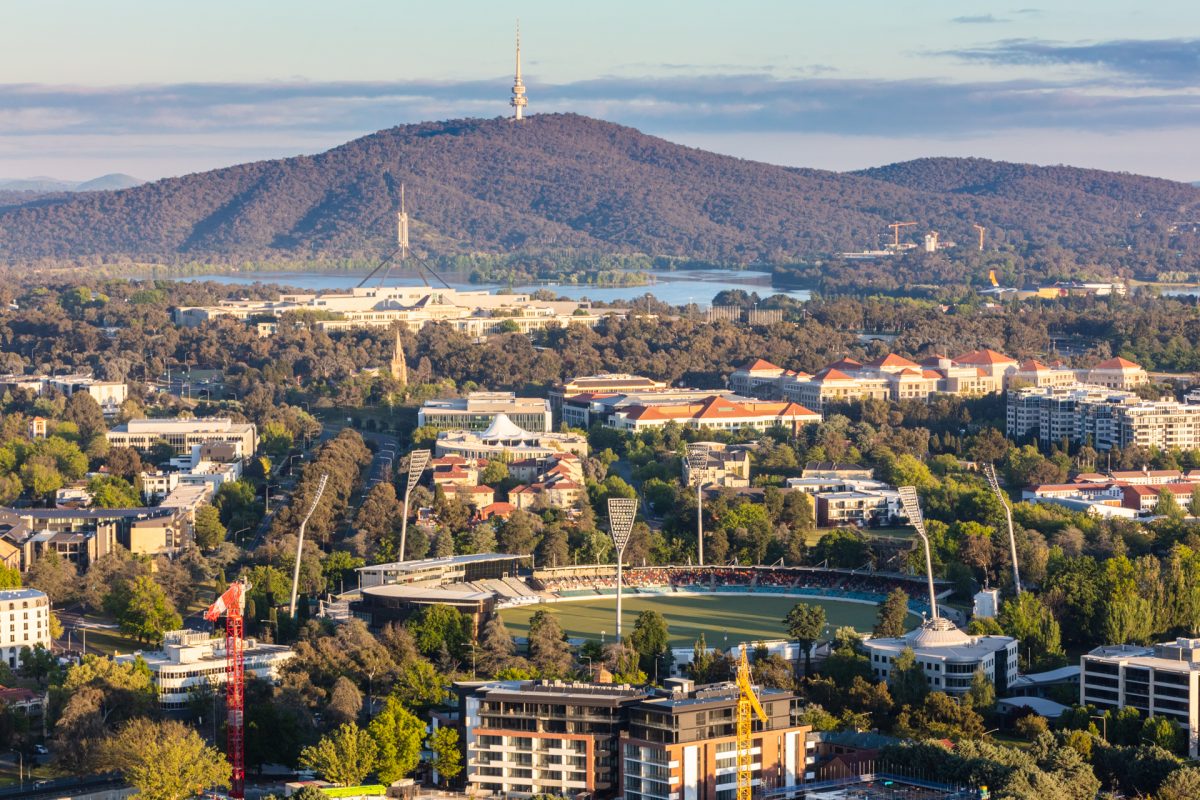
Greater Canberra says that inner South suburbs like Barton, Forrest and Yarralumla should be required to provide their fair share of housing close to jobs and amenities. Photo: Thomas Lucraft.
The National Capital Authority (NCA) should work more closely with the ACT Government to ensure Canberra gets the infrastructure it needs, a community organisation has told the Joint Standing Committee into the National Capital and External Territories on Monday (21 August).
Greater Canberra told the inquiry into fostering and promoting the significance of Australia’s National Capital that the NCA should “embrace significantly higher density” around the Parliamentary Triangle, encourage a greater range of commercial amenities in the area and surrounding suburbs, and develop public transport systems to shift away from cars and improve access to key institutions.
“As a result of 1960s planning decisions, which abandoned much of the original plans of the Griffins, Canberra is a remarkably low-density city,” according to Greater Canberra’s submission.
“Most parts of Canberra have significant untapped housing potential.”
In particular, as secretary Andrew Donnellan told the inquiry, the NCA and ACT Government should be looking to provide housing in the central suburbs.
“Central Canberra … offers opportunities for housing that the ACT desperately needs,” he said.
“Unlocking more housing in areas that are well serviced by amenities and public transport, and in close proximity to employment opportunities, is vital to creating a more sustainable and prosperous Canberra.”
Mr Donnellan said Canberra has historically been one of Australia’s most expensive cities to rent or buy, although he noted that higher vacancy rates, particularly due to an increased supply of apartments, have helped to bring this down recently.
“We’re in a housing affordability crisis … we need to be doing everything that we can to address that and that means unlocking supply of various typologies, not just … detached houses,” he said.
“We need to see a move away from that towards a greater variety of high-density and medium-density housing that provides a variety of options for people at different stages of their lives.”
Greater Canberra is also calling for better infrastructure and amenities around the National Triangle and says these amenities would make the area both more accessible and more lively outside of the working day.
“While the National Triangle is supposedly the heart of the nation’s capital … outside of business hours it is utterly lifeless,” the submission said.
Committee member Aymon Wuolanne said this area lacks facilities such as retail shops and is inaccessible to pedestrians in its current form.
“The Parliamentary Triangle appears to be a place where you’re meant to arrive by car,” he said.
“Surface car parks in the Triangle take up nearly twice as much area as the national institutions themselves; pedestrian walking from the lake to Old Parliament House has to dash across King Edward Terrace, which is a 60 km zone with few crossing points; and if you want to get from the National Museum to the other institutions, then you can forget about walking.”
Mr Wuolanne pointed out, though, that any commercial development in this area would require careful consideration since the area is a place of national significance, but he said “at a small scale, it would have a minimal effect”.
Greater Canberra’s submission expressed its support for the City to the Lake project to link Civic with Commonwealth Park and Lake Burley Griffin.
“Key to this vision is undoing the mistake that is Parkes Way – preferably by burying Parkes Way completely,” it said.
“Burying Parkes Way would fulfil the Griffin vision for Lake Burley Griffin to truly become Canberra’s playground and will unlock access to Commonwealth Park.”
Asked by Senator David Pocock why this project should be a priority, Mr Donnellan said: “We’re really strong believers that Parkes Way is one of the worst urban design outcomes in this city’s history.
“It’s not a great impression for tourists who are used to seeing waterfronts that are much more accessible interstate and overseas.”












